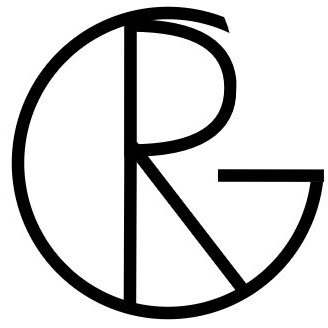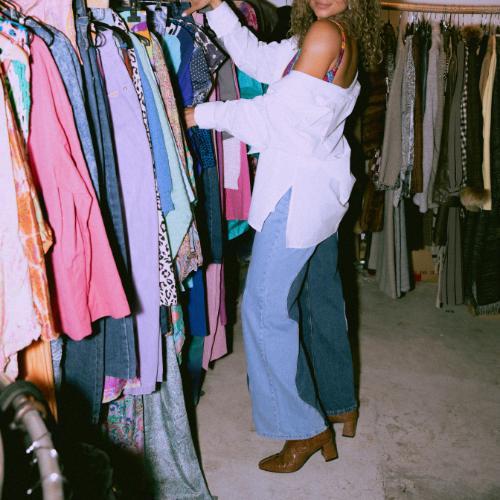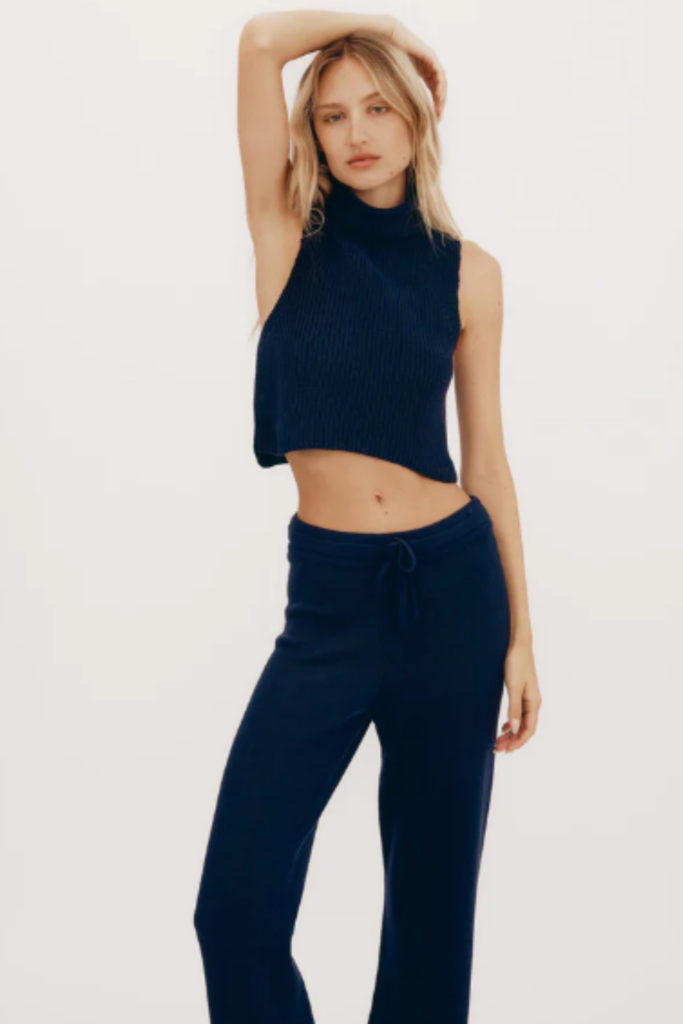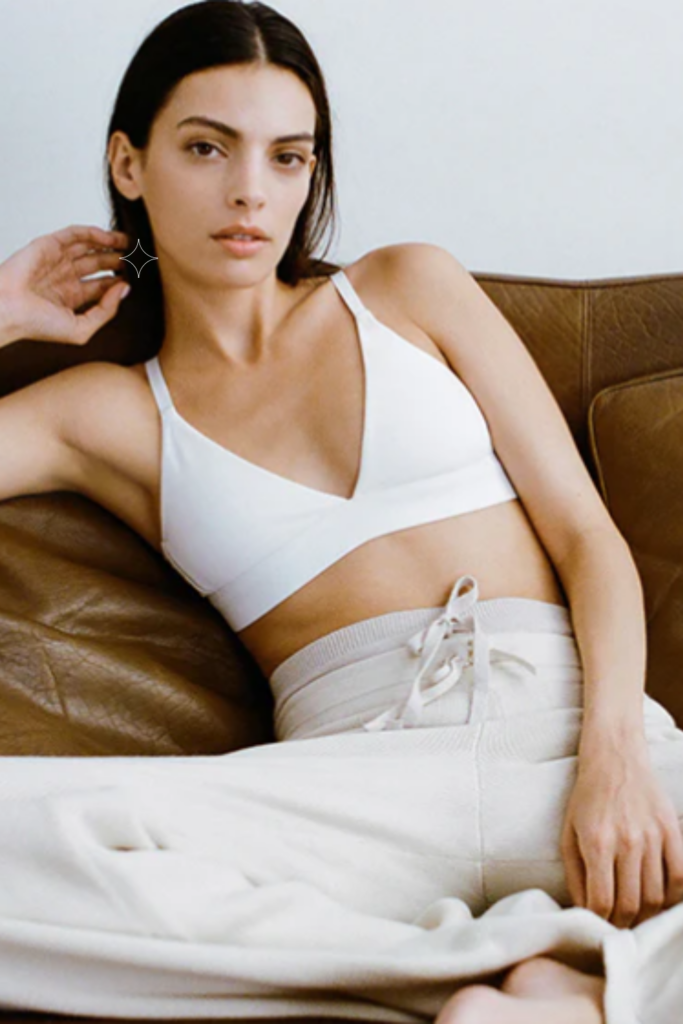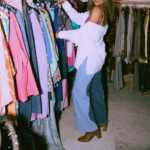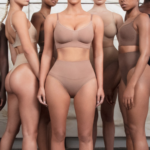Sustainable fashion is a wide-ranging concept, blending various elements together. At its core, sustainable fashion is about making clothes with a reduced environmental impact and without exploiting workers. Simply put, it is about creating clothing that is both environmentally friendly and ethically produced.
Despite this overall definition, there are different paths brands can take to embrace sustainable fashion. In this post, let’s delve into the five main forms of sustainable fashion.
It is worth noting that many brands often blend these approaches, so you may encounter a combination of them.
Slow Fashion
In today’s fashion landscape, new trends seemingly appear every week. Worse, through social media, the urge to rush and buy into these new trends has become commonplace, often resulting in new impulsive purchases. Consider yourself, for example – it’s likely been less than three months since your last purchase.
Astonishingly, 2023 witnessed the production of approximately 80 billion clothing items, catering to consumers’ demands. The projection for 2030 is even more staggering, with an anticipated annual production of around 100 million tons of clothing – a trend that not only generates colossal waste but also depletes various harmful resources.
A solution for this overconsumption is to embrace slow fashion. In contrast to the fast-paced world of fashion, slow fashion embraces a philosophy of timeless, high-quality garments designed for long wear.
The Slow Fashion Wardrobe
Building a slow wardrobe involves a few key principles. First and foremost, prioritize high-quality items intended for long-term use. Essentials or basics also play a crucial role, serving as the foundational pieces for your outfits.
In addition, slow fashion encourages the maintenance of clothing. Instead of discarding your items as soon as a button is lost or a hole appears, try mending it first. This also includes carefully washing your clothes and following the label instructions instead of chucking them in the washing machine and hoping for the best.
Lastly, to curb impulse purchases, consider borrowing certain items from friends before making a buy.
Slow Fashion Brand
A shining example of a slow fashion brand is Eileen Fisher. Renowned for its simple and minimalist aesthetic, Eileen Fisher embodies circularity in its approach. Unwanted items are collected, and those in pristine condition are resold. Even damaged pieces find a purpose through innovative methods of reuse, ensuring that no item ever meets its end in a landfill.
Visit Eileen Fisher here.
Fair Fashion
It is no secret that the working conditions within the fashion industry can be unsafe and unhealthy for garment workers. Every year, thousands of individuals suffer injuries on the job, and unfortunately, incidents like the Rana Plaza disaster are not isolated occurrences. Adding to the distress, wages in the industry often fall well below the minimum living wage, particularly in the fast fashion sector, where forced labor and child labor are pervasive issues.
This is where fair fashion comes into play—a force combating the harsh realities of the fast fashion industry. In direct opposition to practices such as child labor, sweatshops, and worker exploitation, fair fashion strives to empower its predominantly female workforce.
Certifications
There are several ways in which fashion brands show their commitment to ethical treatment in the fashion industry. For example, brands provide a code of conduct or make a statement about ensuring a living wage.
However, one crucial aspect of establishing whether a clothing brand aligns with fair fashion principles lies in examining the certifications they hold. An exemplary certification in this regard is the “Who made your clothes?” certification from Fashion Revolution. This certification signifies that the clothing is crafted in safe and healthy working conditions while also guaranteeing fair wages for employees. Furthermore, it underscores the brand’s commitment to transparency.

Another noteworthy certification relevant to fair fashion is the Fair Wear Foundation membership. This membership signifies that the brand adheres to the principles outlined in the U.N Declaration on Human Rights. These principles encompass equal opportunities for all, a firm stance against child labor, and a commitment to providing a living wage for every employee.
The Ethical Trading Initiative serves as our final certification to spotlight. This initiative promotes safe manufacturing practices worldwide, echoing the same nine criteria championed by the Fair Wear Foundation.
Vegan Fashion
The transformative impact of adopting a vegan or plant-based diet on reducing environmental degradation is well-documented. However, veganism extends beyond a dietary preference; it has emerged as a significant trend in the fashion industry over the past decade.
Vegan fashion exclusively uses plant-based materials and has a steadfast commitment to avoiding animal products, by-products, or causing any harm to animals throughout the production. This shift has gained considerable traction, not only driven by concerns for animal welfare but also as a response to the environmental consequences associated with the fur and leather industries.
Choosing vegan fashion is a commendable step towards diminishing animal suffering. Nevertheless, it is essential to note that not all forms of vegan products are automatically better for the environment. A case in point is the alternatives for leather, often crafted from synthetic fibers or plastics, presenting a challenge to sustainability.
The emphasis on vegan fashion shows a growing consciousness within the industry, urging consumers to consider both ethical and environmental aspects when making choices. Balancing cruelty-free practices with sustainable materials is key to fostering a fashion landscape that aligns with the principles of compassion for animals and the planet.
Organic
For those familiar with the process of growing fibers, particularly cotton, it is evident that conventional cultivation practices can be highly resource-intensive.
The heavy use of pesticides and fertilizers not only poses threats to biodiversity but also has environmental repercussions when runoff contaminates water sources. Additionally, the water demands for optimal growth conditions are immense, with cotton plants using up to 17,000 liters of water to produce just one kilogram of cotton. Moreover, the labor-intensive nature of farming often results in enduring injuries for the farmers.
Enter organic fashion as a transformative solution. Organic materials forgo pesticides and minimize the use of fertilizers. Furthermore, organic plants require up to 70 percent less water than their conventional counterparts. The working conditions for farmers significantly improve under organic farming practices, as the process is less demanding, and farmers receive higher wages.
In a nod to environmental consciousness, organic fashion also refrains from using dyes and harmful chemicals in clothing production. To ensure the legitimacy of a fashion brand’s claims, it is essential to look at their certifications.
Certification
One notable certification in the realm of organic fashion is EcoCert. This certification guarantees that materials used in products are organically grown, accompanied by training programs for farmers to transition towards more sustainable organic farming practices. Another significant certification is the Global Organic Textile Standards (GOTS), which unifies standards and production stages internationally, ensuring that materials are organically sourced.
Organic Fashion Brand
An amazing example of an organic fashion brand is Organic Basic. Organic Basics is an underwear, activewear, and essential wear brand from Denmark. The brand embodies sustainability by embracing materials and fabrics that care for the environment. In addition, the brand also ensures ethical treatment of workers and holds itself accountable when and where necessary. It is a great brand to find affordable basics.
Visit Organic Basics here.
Second-Hand
The last form in this list is second-hand fashion. This is fashion that was previously owned by someone else.
The production of new garments has a significant impact on the environment. The manufacturing process uses copious amounts of water, energy, and chemicals, contributing to environmental stress. Beyond that, it generates substantial waste and releases tonnes of greenhouse gas emissions.
Notably, fast fashion labels, notorious for their rapid turnover of styles, often fabricate garments from materials like polyester, acrylic, and other synthetics derived from fossil fuels. These materials bear a hefty environmental burden and contribute to the release of microplastics into our water systems.
While alternative materials and production methods are employed in clothing production, they also carry an environmental footprint — although relatively smaller in scale.
However, when opting for second-hand clothing, you abstain from contributing to the production of new materials. Instead, you give these items a second life.
Second-hand items do not require the same extensive resources — water, energy, chemicals – as their brand-new counterparts, thereby minimizing the environmental impact. Moreover, the staggering reality is that millions of tons of clothing find their way into landfills annually. Opting for second-hand clothing plays a pivotal role in averting the pollution caused by these discarded items and preventing them from ending up in landfills.
Choosing second-hand fashion is a straightforward yet highly effective way to reduce your own environmental footprint and wield a positive influence on the environment.
Tip
Digital platforms like Vinted, Depop, and Vestiaire Collective are amazing for finding cute second-hand items.
A quick online search for thrift shops nearby can be beneficial if you would rather shop in person. Additionally, keep an eye out for any upcoming vintage events in your area, as they can be an amazing place to find some unique pieces.

Conclusion
So, as you can see, there are many forms of sustainable fashion–and I have not even discussed all of them. Which one is your favorite?
In my opinion, a holistic approach is most effective. Instead of fixating on a single aspect, consider incorporating a combination of different sustainable practices. Above all, prioritize reducing your overall purchases. Remember, you don’t need an extensive wardrobe to look stylish – making the most of what you already have is not only environmentally responsible but also a delightful exercise in creativity.
Sources
All pictures link to their source, and all credits go to the rightful owners.
